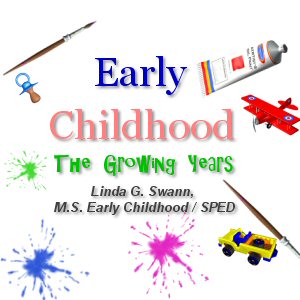Child Memory and Learning Part IV
 Strategies that enhance memory are necessary to facilitate learning. From our current understanding of how the brain works in relation to memory, we will address strategies to hep your child remember information. These strategies include: gaining a child’s attention, activating prior knowledge and experiences, active involving learning, and constructing meaning for information.
Strategies that enhance memory are necessary to facilitate learning. From our current understanding of how the brain works in relation to memory, we will address strategies to hep your child remember information. These strategies include: gaining a child’s attention, activating prior knowledge and experiences, active involving learning, and constructing meaning for information.
Maintaining a child’s attention, means focusing thinking, on the stimulus at hand, for a specific duration. We must capture the child’s attention and engage the mind. The first step in learning and remembering important information is to pay attention. Some studies indicate on-task behavior only accounts for about three-fourths of the time in classroom learning. A variety of techniques can assist in attending and can increase the amount of time a child attends.
- Cues or signals can be taught to alert the child that critical information is coming, so… “stop and focus.” Cues can be verbal or nonverbal, moving around the room, walking closer to individual students (proximity), using the child’s name, and asking questions, can assist in regaining or retaining attention.
- Using contrast can assist in arousing attention or refocusing attention. Contrast strategies include: altering the physical environment, using novelty props or jokes, changing voice tone, tempo, inflection, and/or accent, using movement and sounds, use of questions, and doing something unexpected.
- Emotions stimulate the brain. Information containing an emotional element is more likely to be remembered. Strategies include: personal storytelling, use of a celebration, modeling enthusiasm for the activity, using tangible objects or pictures for a visually connection, using music, drama or a game, and the use of role playing or debate.
Previous learning guides new learning, or connecting prior knowledge to new information enhances memory. We can connect to prior knowledge or create an experience to tap into. This can be done through:
- Brainstorming or sharing knowledge or experience the child has that might relate to the new information.
- Creating prior knowledge or an experience can be as simple as bringing an object to a hands-on learning activity, or a field trip.
- Graphing what is known about a topic, what the child wants to know, and comparing prior knowledge, which might have been wrong, with new accurate knowledge.
- Develop a prediction guide, to help prepare for new information, by asking the child to react to a series of statements related to the new content.
- Prep teaching, allows an opportunity to generate ideas about a subject, with questions such as: “What comes to mind when …. “, to reflect on their initial responses, “What made you think of …. “, and to rethink their ideas “Have you any new ideas about… ?”.
- Imagery is a powerful strategy that allows prior knowledge of something to influence the learning of something new.
Next week we will continue with strategies to enhance your child’s memory of new information.












